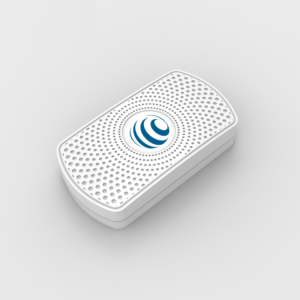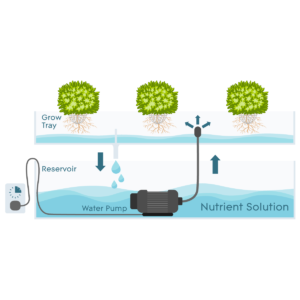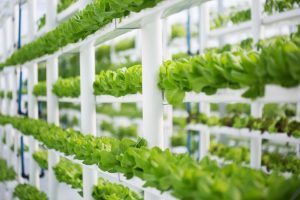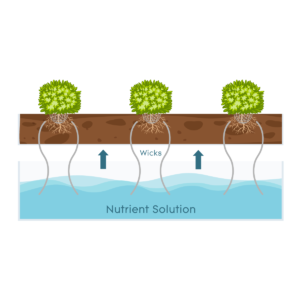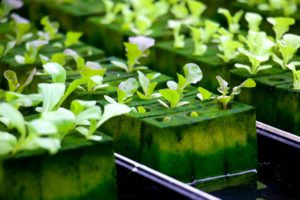Monitoring Your Hydroponic System With Sensors
Keeping track of your hydroponic environment is one of the most important parts of a successful grow. Monitoring your hydroponics system with sensors can help you manage the day to day maintenance. Two of the most important aspects of growing in hydroponics are temperature and humidity. Setting up the right system can help, but you still need to keep track of it.
Even with a fairly consistent, reliable environment, you need to keep a close eye on your grow room. Equipment can fail, or go out of the normal ranges. It might not damage your plants if it only happens for a little while. However, some plants are much more sensitive. Even a seemingly small change can cause your plants to go into shock. This can stunt your plants, hurt your harvest, or even kill your plants over time. It can be difficult to manually track the conditions in your grow room. So, what can you do?
How to Simplify Monitoring Your System
There are plenty of times where you won’t be around to keep a watchful eye on your hydroponic system. Should there be a drastic change in climate you might not know until it’s too late to save your plants. Some equipment, like humidifiers and dehumidifiers, might give you a visual or auditory alert if they malfunction. However, that doesn’t help you if you’re not home. And if the equipment is up and running by the time you get home, it’s even more difficult. You might be left wondering what exactly is wrong with your plants, when you’re doing everything right.
Luckily, there are some ways to ‘fool proof’ your grow room so you don’t run into these issues. Yes, you still need to take the proper measures to provide the right climate for your plants. However, you also need a way to keep an eye on that climate while you’re away. Technology is providing growers with more options than ever when it comes to updating their grow rooms.
The one piece of equipment you really need? A sensor.
Why use sensors?
Simply put, you can’t keep your eyes on your grow room all the time. A sensor is like a second pair of eyes that constantly monitors your grow room for you. Different types of plants have strict requirements for the environments they can grow, and thrive in. While they might grow well enough if you’re a little off, you’re missing out on getting the best yield possible. Monitoring your hydroponic system with sensors just makes sense. Why risk the time and effort you’ve invested because of climate issues you don’t notice? Monitoring the environment twice a day is better than not at all. However, a lot of issues can come up in 12 hours, and you might never know.
Sensors are like an extra piece of security for your plants.
Sensors for the grow room
There are plenty of systems to choose from when you’re looking at sensors. Sometimes, you need several pieces of equipment to effectively monitor your grow room. Ultimately, you probably will end up using at least a few different sensors if you want to fully upgrade, and somewhat automate your hydroponic system. However, the first sensor we recommend does double duty.
The iMatrix Neo sensor measures both temperature and humidity. It’s better than a thermometer and hygrometer (a device that measures humidity). This little lightweight sensor can monitor conditions within your grow room 24/7. Not only that, you’ll have records of all the temperature and humidity readings it takes throughout the day. The Neo reads the climate in your grow room every few minutes, and you can see the data immediately, from anywhere in the world. You don’t even need to keep a ton of equipment in your grow room. All you need is this little sensor. Then, it can connect wirelessly to the gateway at up to 100 meters.
What if the power goes out?
The iMatrix Neo sensor doesn’t need electricity to work. It’s self powered with two long lasting batteries, which can actually last up to three years. It won’t stop taking readings if the power goes out either. The Neo can store up to 200 readings within itself, without connecting to the Cloud system. Once power is restored, the sensor uploads the readings to the system so you know what conditions your plants were in the entire time.
How the sensor works
The Neo sensor is ideal for grow rooms because it has a wide range of temperature and humidity it can monitor. The sensor takes humidity readings from 0% RH (relative humidity) up to 100% RH. Not only that, it can measure temperatures from -40 degrees celsius up to 70 degrees celsius (that’s -40 to 158 degrees fahrenheit).
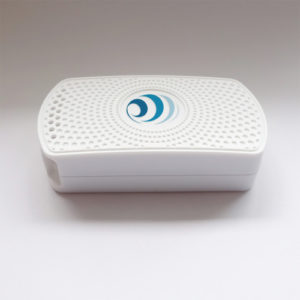
The sensor attaches anywhere in the grow room with 3M double sided adhesive. The installation takes only a few seconds. We recommend placing it near your plants, but not directly under the grow lights. This way you can get a more accurate picture of the climate your plants are in day and night. Activate your sensor, and connect it to the gateway. Then, the Neo gets to work and you start receiving readings through the iMatrix Cloud system in moments.
After you set it up, the sensor takes readings every few minutes. You can access these readings anytime, and ensure your plants are safe and sound.
Why we use the Neo
With so many different options available, why do we use the Neo sensor? The simplicity is really unbeatable. There’s no need for two different tools to measure temperature and humidity, one sensor does it all. You can’t beat its accuracy, either. It’s much more efficient than trying to measure the climate yourself. It saves plenty of time and energy, and it can save your crop if there is a problem in your grow room.
The Neo measures temperature and humidity every few minutes, which is far beyond the couple times a day most growers check for. It has a far range, so you can keep your other equipment far from the grow room without losing your connection to the gateway. Simply put, it’s hard to beat the Neo. If you need to keep a close eye on your grow, this is the way to do it.
Key features of the Neo and iMatrix system:
- Measures 0-100% RH

The iMatrix Neo sensor is ideal for hydroponics - Temperature readings from -40℃ to 70℃
- Constant monitoring day and night
- Automatically uploads logs to the iMatrix Cloud System
- 2 in 1 measurements (temperature and humidity)
- No tools, no hassle installation
- 100 meter wireless range
- Reads and stores logs without external power
- Access logs in the cloud system from anywhere in the world
